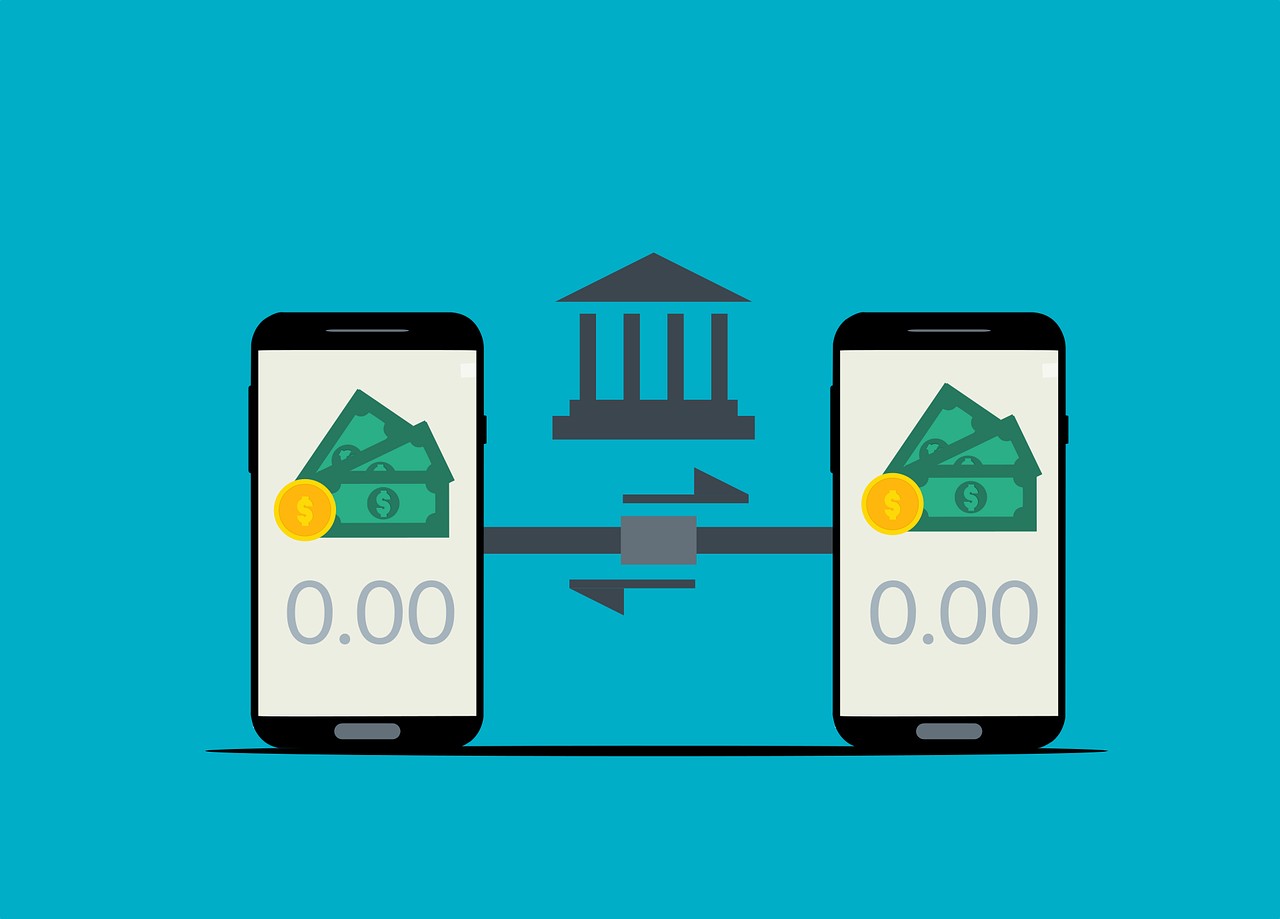
Digital transactions have transformed the way people manage their finances. With just a few taps on their phone screens, individual users can effortlessly send money from one bank account to another, whether within the same bank or to a different financial institution. In the Philippines, two major payment systems make these transfers possible: PESONet and InstaPay. Both of these electronic fund transfer (EFT) services allow users to move money digitally, eliminating the need to use cash or physical checks.
However, PESONet and InstaPay don’t exactly operate the same way. Each system has its own features and transaction processes, and depending on your situation, one option may be more suitable for your needs than the other. This article explores the differences between PESONet and InstaPay, helping you decide which transfer method best fits your financial needs.
Processing Speed
Speed is often a crucial factor when it comes to transferring money. This is especially true for transactions that need to be completed immediately, as even a slight delay can cause inconvenience or missed payment deadlines.
Of the two EFTs, InstaPay offers near-instantaneous transfers. Once you’ve confirmed the transaction, the recipient receives the funds within seconds. This quick processing time makes InstaPay ideal for urgent transactions such as settling bills, covering medical expenses, and sending emergency funds to family or friends.
Transferring money through PESONet, on the other hand, could take several hours or, in some cases, until the next business day for the funds to reflect in the recipient’s account. While PESONet may not be the fastest option, it is still a reliable way to move money, particularly for transactions that do not require immediate processing. It is likely the best choice if you want to schedule payments in advance without worrying about real-time fund availability.
Transaction Fees
Both PESONet and InstaPay have transaction fees, but the exact amount varies depending on the bank or financial service provider. For instance, if you plan to open bank account products with Maya, the number one digital bank in the Philippines, you’ll be happy to know that transferring via PESONet and InstaPay costs PHP 15 per transaction. This is cheaper compared to other banks and e-wallets, and it will allow you to save money on frequent transfers.
It’s also worth noting that transferring money from your Maya account to another Maya account is free. With this knowledge, you’ll be able to choose a cost-effective transfer method that suits your needs, whether you’re sending money regularly or making occasional transactions.
Transaction Amount Limit
The amount of money you can transfer in a single transaction also differs between PESONet and InstaPay. For InstaPay, it’s capped at PHP 50,000 per transaction. PESONet, on the other hand, typically allows you to transfer as much as you want.
However, some banks set daily limits on PESONet transfers depending on the account type. For example, a bank may impose a PHP 250,000 limit per day for standard savings accounts but offer a PHP 500,000 limit for premium credit card holders. They may also be able to extend the limit to up to PHP 20,000,000 for business and corporate accounts. As such, before transferring money via PESONet, it’s a good idea to check your bank’s transfer limits to ensure your transaction goes smoothly.
Availability of Service
Although PESONet and InstaPay are widely available through banks, financial institutions, and digital payment platforms, their operating hours aren’t the same. InstaPay is available 24/7, including weekends and holidays, making it a convenient option for urgent transfers at any time of the day.
PESONet, on the other hand, follows banking hours. This means transfers are typically processed only on business days. If a transaction is made outside these hours—such as on weekends or holidays—it will be processed on the next working day.
Some banks, however, have same-day processing for PESONet transfers, but enforce a cut-off time. The exact cut-off time varies by bank and financial institution. As such, timing is an important factor to consider, especially for time-sensitive payments.
Best Use Cases
Choosing between PESONet and InstaPay all comes down to your specific needs. If your situation calls for immediate fund transfers, InstaPay is the better choice. Its 24/7 availability ensures that recipients can receive the funds immediately, which makes it ideal for urgent situations.
On the other hand, PESONet is better suited for larger, non-urgent transactions. For example, if you’re paying suppliers, transferring business funds, or sending a significant amount to another bank account, PESONet’s ability to handle bigger transfers makes it a more practical option. Although it takes longer for the money to reflect, PESONet’s cost-effectiveness and higher transaction limits make it a valuable choice for planned payments.
If you know the right choice when it comes to fund transfers, you’ll be that much closer to a smoother and more convenient banking experience. Think about which service you may need more for a particular type of transaction so that you can manage your transfers more effectively, as well as avoid unnecessary delays or fees.
Related Articles:
– 7 Things to Consider When Switching to a Different Credit Card
– 10 Things to Know Before You Retire
– Effective Tax Management: A Guide for Freelancers and Small Businesses
– 4 Reasons to Shop for Credit Cards with Good Rewards Programs
– Best Investment Strategies to Try in 2025

